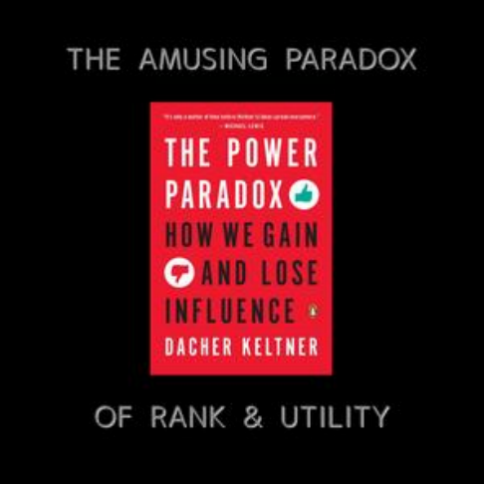The ways wealthy individuals and everyday shoppers spend money differ greatly and involve more than just costs. For people with substantial wealth, recognizing these differences helps them spend wisely, connect their purchases to their values, and create a meaningful influence. Let’s examine the subtle variations that define these two distinct spending perspectives.
The Paradox of Utility
Typical shoppers generally concentrate on how well a product or service serves its primary purpose. For instance, the main attributes people appreciate in shoes are often comfort and durability. On the other hand, wealthy buyers view utility in a more complex way. They look for items that provide not only practical use but also valuable features like exclusivity, craftsmanship, and the heritage of a brand.Take, for example, a luxury watch that may be priced significantly higher than a standard watch. Its appeal is found in the fine craftsmanship, limited availability, and the prestige it conveys. Affluent consumers are willing to spend more on products that enhance their experiences and reflect their personal style, going beyond mere functionality.

Time as a Premium Commodity
Many wealthy individuals often worry about having enough time, which greatly affects how they make purchase choices. In contrast to average consumers who look for the best prices and compare options, those with high net worth typically choose convenience over cost. They are inclined to spend more on services that help them save time, like hiring personal shoppers, using concierge services, or booking luxury transport on request.For example, rather than taking hours to look at different flight options, they might choose to hire a private jet to have a smooth travel experience, avoiding the stress of long security checks and wait times. This readiness to exchange money for time demonstrates a key difference in how these two groups perceive the value of this important resource.

Investment - Oriented Consumption
Wealthy individuals often see certain buys as investments instead of simple costs. For them, things like art, rare collectibles, and prime real estate are more than just enjoyable items; they are valuable assets that are likely to grow in worth over time. This approach to spending involves thorough research and careful consideration of market trends, past performance, and future value potential.On the other hand, typical consumers usually emphasize the immediate satisfaction and utility of their purchases. For example, a wealthy person might buy a vintage wine collection, not only to enjoy the taste but also with the hope that its value will rise, turning it into a profitable investment in the future.
Philanthropic - Influenced Spending
Many affluent individuals engage in charitable giving as part of how they shop. They intentionally look for goods and services from businesses that prioritize social and environmental responsibility, or they support causes directly through their buying choices. For instance, they might purchase items from brands that allocate a percentage of sales to conservation efforts or choose eco-friendly luxury products. This way of shopping enables them to enjoy luxurious items while positively influencing the world. In contrast, regular shoppers often do not consider the social or environmental effects of their purchases, as they tend to concentrate on personal requirements and financial limits.

To sum up, the spending gap between wealthy individuals and the average consumer reflects their differing views on utility, the value they place on time, how they view purchases as investments, and their awareness of the wider effects of their expenditure. Understanding these differences can assist affluent consumers in making more thoughtful and meaningful financial decisions that match their individual lifestyles and principles.




